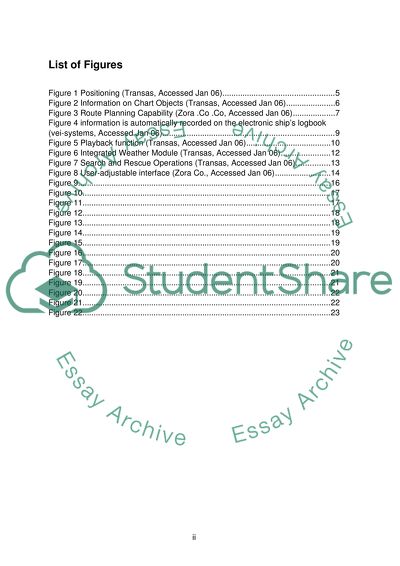Cite this document
(ECDIS Implementation Paradigm Forwarded by Transas Marine Research Paper, n.d.)
ECDIS Implementation Paradigm Forwarded by Transas Marine Research Paper. Retrieved from https://studentshare.org/information-technology/1511080-ecdis-essay
ECDIS Implementation Paradigm Forwarded by Transas Marine Research Paper. Retrieved from https://studentshare.org/information-technology/1511080-ecdis-essay
(ECDIS Implementation Paradigm Forwarded by Transas Marine Research Paper)
ECDIS Implementation Paradigm Forwarded by Transas Marine Research Paper. https://studentshare.org/information-technology/1511080-ecdis-essay.
ECDIS Implementation Paradigm Forwarded by Transas Marine Research Paper. https://studentshare.org/information-technology/1511080-ecdis-essay.
“ECDIS Implementation Paradigm Forwarded by Transas Marine Research Paper”, n.d. https://studentshare.org/information-technology/1511080-ecdis-essay.


